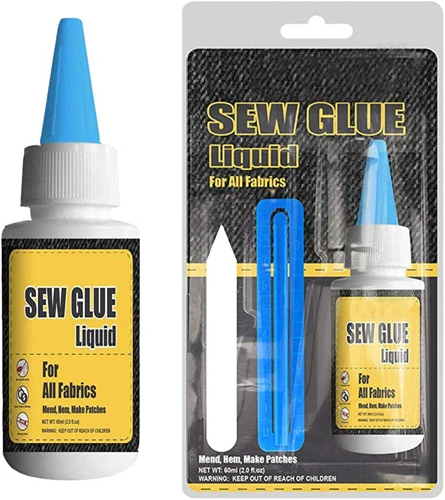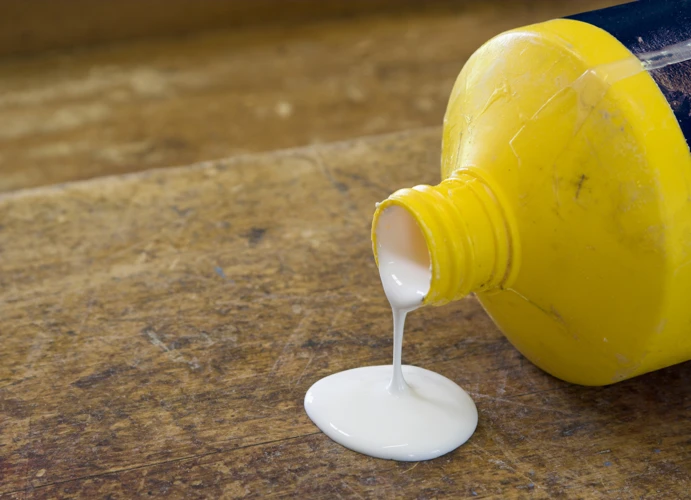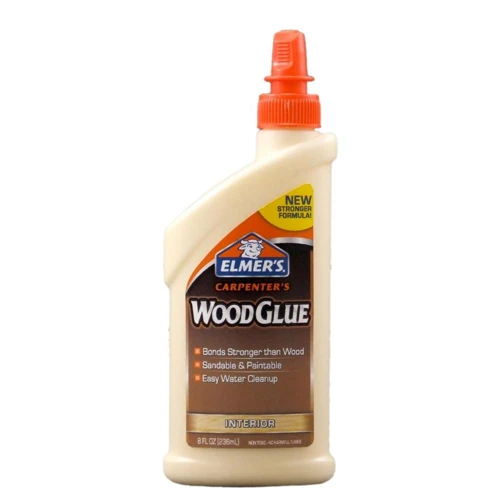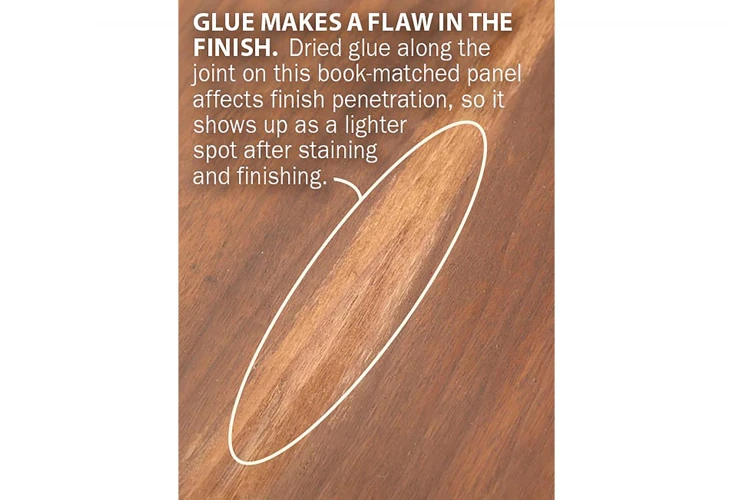Understanding Wood Glue Properties
Woodworking projects often involve bonding components together with wood glue, a versatile and strong adhesive. To handle inevitable spills and overapplications, a clear understanding of wood glue properties is essential. This type of glue is designed to penetrate wood fibers, creating a bond that can be stronger than the wood itself. As a result, cleanup can be challenging if not managed promptly and with the right approach.
Preparation: Tools & Materials Needed
Before diving into the cleanup process, gather the necessary tools and materials. You’ll want to have items such as putty knives, chisels, sandpaper, rags, a bowl of warm water, and possibly chemical removers. Additionally, protective gear like gloves and safety glasses are crucial to ensure your safety during the cleanup process.
How to Clean Up Wood Glue
Immediate Action for Wet Wood Glue
When you notice excess or spilled wood glue, immediate action is key. Wet wood glue is much easier to deal with than when it’s dried. Gently wiping the glue with a damp cloth can often do the trick. For larger spills, a wet rag can absorb most of the adhesive before it sets.
Using Putty Knives and Chisels Safely
For thicker blobs of glue, putty knives and chisels are your allies. But, it’s crucial to use them safely to avoid damaging the wood surface. Insert the blade of the tool flat against the wood and gently push the glue away from the surface. Always work in the direction of the grain to minimize potential scratching.
Techniques for Damp Rag Wiping
- Apply light pressure with a damp rag on the affected area.
- Wipe in the direction of the wood grain to avoid cross-grain marks.
- Repeat with a clean section of the rag until the majority of the glue is removed.
Strategies for Removing Excess Wood Glue
When tackling how to remove excess wood glue, patience and gentle methods are vital. Allow the glue to become tacky, then use a plastic scraper to peel it away. This avoids the risk of gouging the wood, preserving the integrity of your project.
How to Clean Dried Wood Glue
Soaking and Softening Glue Residue
If you’re dealing with dried adhesive, soaking is a practical first step. A cloth dampened with warm water laid over the glue can soften it, making the task of how to clean dried wood glue a bit easier. Give it several minutes to penetrate and loosen the bond.
Scraping Dried Glue with Specialty Tools
After softening, use specialized scrapers designed for woodwork to carefully remove the glue. These tools can effectively lift dried glue without damaging the wood underneath. Gently work the edge of the scraper under the softened glue to peel it away.
Employing Sanding Methods for Stubborn Areas
Sanding is a viable solution for stubborn glue residue. Use fine-grit sandpaper to gradually wear down the remaining glue. Sand in the direction of the grain to maintain the wood’s appearance and avoid creating scratches that are difficult to repair.
Chemical Solutions: When and How to Use Them
There are scenarios where chemical solutions may be necessary. Only resort to these products if mechanical methods are insufficient. Apply the chemical remover as instructed by the manufacturer, and ensure proper ventilation and protective gear during use.
How to Remove Glue Stains from Wood
Identifying Different Types of Glue Stains
Glue stains vary, from chalky residues to discolored areas. Identifying the type of stain you’re dealing with will determine the best approach for how to remove glue stains from wood.
Homemade Remedies for Stain Removal
Simple homemade solutions, like a mixture of vinegar and water, can sometimes lift glue stains. Apply with a soft cloth and rub gently. For tougher stains, a paste made from baking soda and water can serve as a mild abrasive.
Commercial Products: Pros and Cons
Commercial removers can be powerful allies in your quest to clean up glue stains. However, they may contain harsh chemicals that can affect the wood’s finish. Weigh the pros of their effectiveness against the cons of potential damage to your project.
How to Clean Wood Glue off Wood
Cleaning Around Joints and Crevices
Glue often seeps into joints and crevices. To clean these areas without disassembling your project, use a toothbrush or cotton swab dipped in warm water to gently scrub the glue away.
Using Absorbent Materials for Cleanup
Absorbent materials like sawdust or talcum powder can be sprinkled onto wet glue to soak it up. Once it’s absorbed, you can brush it away, taking the excess glue with it.
Maintaining the Finish of Your Wood
While cleaning, it’s important to preserve the wood’s finish. Always test your cleaning method on an inconspicuous area first. Use mild detergents and avoid excessive water, which can warp or stain the wood.
Advanced Techniques for Removing Glue from Wood
Heat Application: When and How to Use It
Applying heat can be a game-changer for removing glue from wood. Use a heat gun or hairdryer on a low setting to warm the glue, making it more pliable. Then, gently scrape it off. Remember to keep the heat source moving to prevent burning the wood.
Using Solvents with Care
Solvents can dissolve glue, but they must be used with caution to avoid damage. Test the solvent on a hidden area first and apply it sparingly with a cotton swab or small brush.
Making and Using a Custom Glue Scraper
For intricate projects, consider making a custom scraper from an old credit card or similar plastic. Cut it to fit tight spaces and to match contours, offering a tailored tool for your specific cleanup needs.
Prevention and Best Practices
Preventative Measures to Avoid Glue Messes
Preventive measures can save time and frustration. Use masking tape along the edges of your project to catch drips and simplify cleanup. Plan your glue application carefully to minimize spills.
Applying Glue with Precision
Using tools like glue syringes or fine-tipped applicators can enhance precision when applying glue, reducing the likelihood of excess oozing out from joints.
Cleaning Tips for Glue Application Tools
Keep your glue application tools clean by wiping off excess glue immediately after use. For brushes, soak them in warm water, and for syringes, flush them with water before the glue dries.
Conclusion: Maintaining a Clean Workspace
Final Thoughts on Wood Glue Cleanup
Maintaining a clean workspace is not only about aesthetics but also about functionality and safety. Implementing the techniques and best practices discussed will help you manage glue cleanup effectively, ensuring your woodworking projects remain as pristine as your work area.
When working on woodworking projects, dealing with adhesive messes is inevitable. If you’ve ever struggled with tidying up after bonding materials, you’ll find our comprehensive guides quite helpful. For specific tips on cleaning up wood glue spills, don’t miss our article on how to clean up wood glue. And if you’re dealing with other types of adhesives, our general guide on how to clean glue can offer you some universal solutions. For those tough-to-remove cyanoacrylate adhesives, commonly known as super glue, our targeted advice in the article about how to clean CA glue could be exactly what you need to tackle the sticky situation.
Additional Resources and Tips
For further advice on how to clean wood glue off wood and other related tasks, consult woodworking forums, instructional videos, and manufacturer guidelines. Remember, every glue type and wood surface may require a slightly different approach, so stay informed and adaptable.



